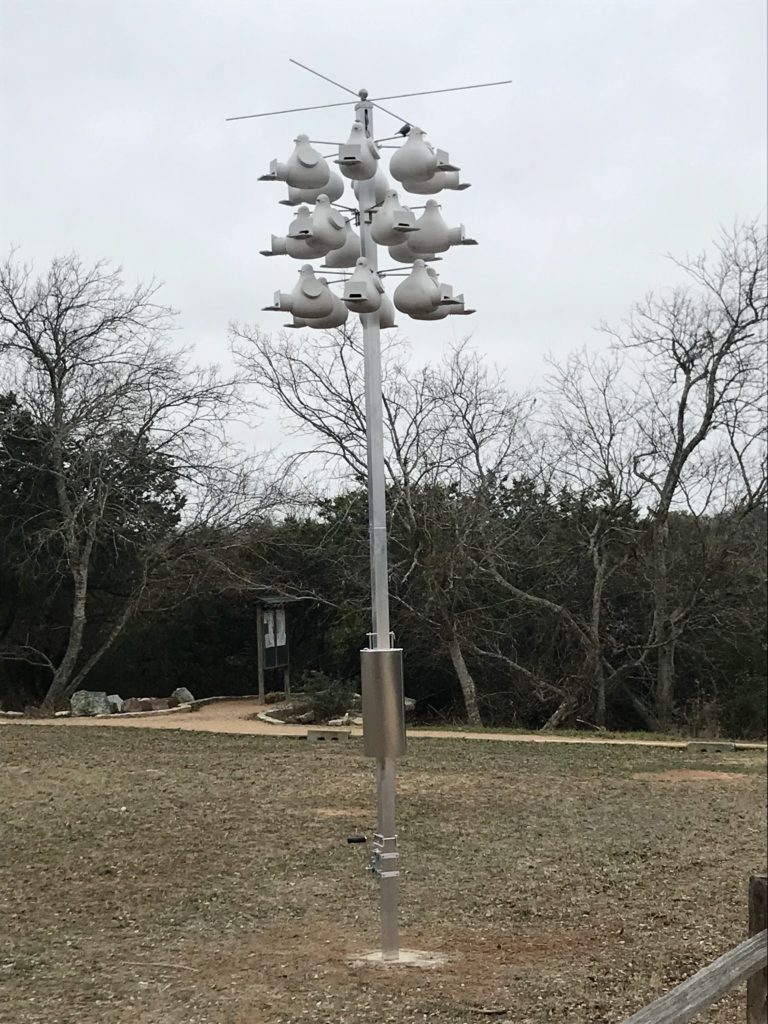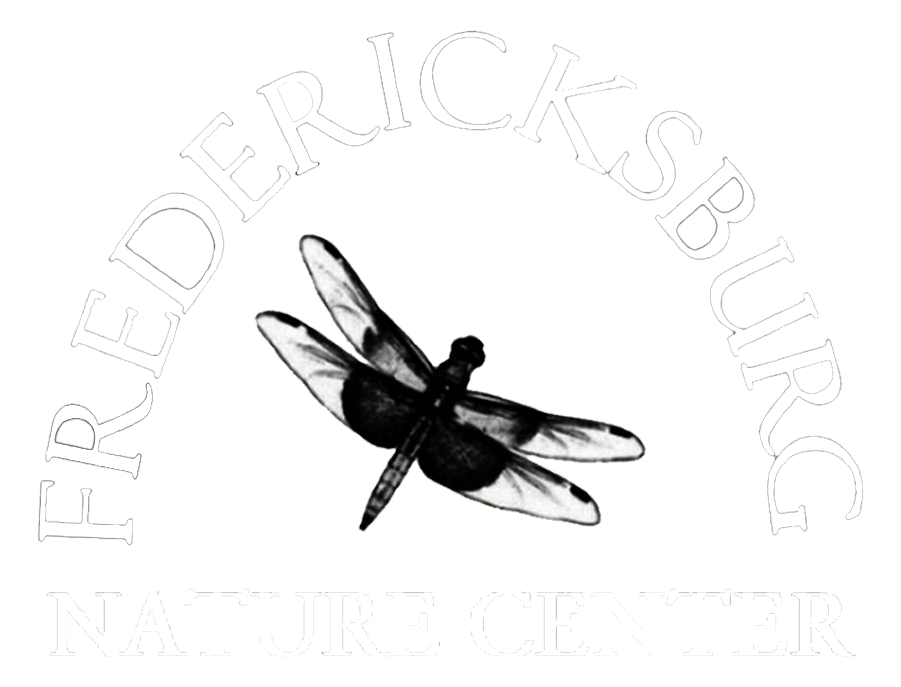02 Jan Purple Martin

Actually a deep glossy blue, the Purple Martin is a very social and vocal bird.
Photo courtesy of Bill Lindemann
The welcome mat is out for Purple Martins looking for housing at Lady Bird Johnson Park thanks to the generosity of Danny “The Martin Man” Sinclair. Two martin condominiums have been donated to the Friends of the Fredericksburg Nature Center and installed at the park in time for the anticipated arrival of these gregarious colony-dwelling insectivores. Although in decline in certain regions of the United States, Texas is included in the breeding range of the largest of the North American swallows, the Purple Martin (Progne subis).
According to Texas A&M Agri-life Extension’s Texas Breeding Birds Atlas, “The spring arrival of Purple Martins typically begins in mid-January through early February in South Texas, while they may not appear in northern areas of the Panhandle until late March (Ray 2001). Arrivals typically continue at individual colonies for 16-22 weeks (Hill 2001). Timing of arrival is age and sex-related, as older age classes generally precede younger birds, and males generally precede females of their respective age class. In Texas, second-year Purple Martins arrive about two months after the earliest birds arrive (Brown 1997). When new colonies are established, it is usually by these late-arriving second-year birds (Hill 2001).”
In many areas of the country, especially east of the Rockies, martins rely on manmade and maintained housing rather than natural nesting cavities. European Starlings and House Sparrows interfere with martin brood success by competing for nesting sites and, in some cases, injuring or even killing martin adults or young. Martins favor broad open areas that offer good foraging opportunities. These birds display great speed and agility in flight and while they normally feed in midair, there is recent evidence indicating that fire ants are one of their increasingly exploited food sources.
For more information about Purple Martins, the Texas Parks and Wildlife Department offers an excellent paper by James D. Ray titled “The Purple Martin and Its Management In Texas.”


